-
 bitcoin
bitcoin $110415.485139 USD
-1.74% -
 ethereum
ethereum $3914.309383 USD
-1.58% -
 tether
tether $1.000075 USD
0.00% -
 bnb
bnb $1116.910315 USD
1.41% -
 xrp
xrp $2.562069 USD
-1.96% -
 solana
solana $193.888910 USD
-0.02% -
 usd-coin
usd-coin $0.999800 USD
-0.01% -
 dogecoin
dogecoin $0.192383 USD
-0.47% -
 tron
tron $0.296815 USD
0.66% -
 cardano
cardano $0.641286 USD
-0.18% -
 hyperliquid
hyperliquid $47.495653 USD
-0.35% -
 chainlink
chainlink $18.106533 USD
1.42% -
 bitcoin-cash
bitcoin-cash $561.296588 USD
0.00% -
 stellar
stellar $0.316591 USD
-0.21% -
 ethena-usde
ethena-usde $0.999227 USD
-0.01%
Trading MACD Crossovers: A Simple Strategy for Polkadot (DOT)
The MACD helps DOT traders spot momentum shifts via crossovers, with bullish signals above the signal line and bearish ones below, especially effective when confirmed by volume and support/resistance levels.
Oct 29, 2025 at 08:55 pm

Understanding MACD and Its Role in DOT Trading
1. The Moving Average Convergence Divergence (MACD) is a momentum indicator widely used in cryptocurrency technical analysis. It consists of three components: the MACD line, the signal line, and the histogram. These elements help traders identify potential shifts in market momentum by measuring the relationship between two exponential moving averages (EMAs). For Polkadot (DOT), this tool proves especially useful due to the asset’s tendency for strong trend movements interspersed with consolidation phases.
2. The MACD line is calculated by subtracting the 26-period EMA from the 12-period EMA. A nine-period EMA of the MACD line forms the signal line, which acts as a trigger for buy and sell signals. When the MACD line crosses above the signal line, it generates a bullish signal; when it crosses below, it indicates bearish momentum. This crossover mechanism is the foundation of the strategy applied to DOT trading.
3. Traders often use the histogram to visualize the distance between the MACD line and the signal line. Expanding bars suggest increasing momentum in the direction of the trend, while shrinking bars may indicate weakening momentum or an impending reversal. In volatile markets like those seen with DOT, monitoring the histogram helps confirm the strength behind a crossover signal.
4. One advantage of using MACD on DOT is its compatibility across various timeframes. Whether analyzing daily charts for long-term positions or hourly charts for short-term trades, the indicator adapts well to different strategies. However, higher timeframes generally produce more reliable signals due to reduced noise from short-term price fluctuations.
5. Since Polkadot operates within a broader crypto ecosystem influenced by Bitcoin’s dominance and macroeconomic factors, combining MACD signals with broader market context improves decision-making. For instance, a bullish MACD crossover during a period of rising BTC volume adds credibility to a potential upward move in DOT pricing.
Key Entry and Exit Signals Using MACD Crossovers
1. A long entry is typically initiated when the MACD line crosses above the signal line, particularly after both lines have been below the zero centerline. This suggests that bearish momentum is fading and buyers are starting to take control. In the case of DOT, such crossovers often precede rallies, especially if they occur near key support levels or after extended pullbacks.
2. Conversely, a short or exit signal occurs when the MACD line crosses below the signal line following a sustained uptrend. This downward crossover can warn of diminishing buying pressure and the emergence of selling interest. For DOT holders, recognizing this shift early can protect profits before deeper corrections unfold.
3. Confirmation is critical. Not every crossover leads to a significant price movement. Waiting for the candle to close after the crossover reduces false signals. Additionally, aligning entries with volume spikes increases confidence—rising volume during a bullish crossover supports the legitimacy of the move.
4. Some traders set stop-loss orders just below recent swing lows for long positions or above swing highs for shorts. This risk management technique ensures losses are contained if the crossover turns out to be a trap. Given DOT’s volatility, tight stops may lead to premature exits, so positioning them strategically based on structure improves outcomes.
5. Take-profit levels can be determined using previous resistance zones, Fibonacci extensions, or trailing stops. As MACD begins to flatten or shows signs of reversing again, scaling out of positions becomes a prudent way to lock in gains without needing perfect timing.
Combining MACD with Support/Resistance and Volume Analysis
1. While MACD provides valuable momentum insights, pairing it with horizontal support and resistance levels enhances accuracy. A bullish crossover near a well-established support zone in DOT’s chart increases the probability of a successful long trade. Similarly, bearish crossovers at resistance areas reinforce downside potential.
2. Trendlines and dynamic supports, such as moving averages, also complement MACD signals. If the 50-day or 200-day MA aligns with a bullish crossover, it strengthens the case for entering a position. These confluences reduce reliance on a single indicator and create a more robust trading framework.
3. Volume analysis plays a crucial role in validating MACD crossovers. A surge in trading volume coinciding with a crossover confirms participant enthusiasm. On Binance or other major exchanges, watching DOT/USDT volume bars helps distinguish genuine moves from fakeouts.
4. Divergences between price and MACD offer advanced clues. For example, if DOT makes a new high but the MACD fails to surpass its prior peak, this bearish divergence could foreshadow a reversal—even before a bearish crossover appears. Spotting these patterns early gives traders a strategic edge.
5. Range-bound markets present challenges for MACD, as frequent crossovers may result in whipsaws. During periods of low volatility or sideways movement in DOT, reducing position size or avoiding entries altogether prevents unnecessary losses until clearer trends emerge.
Frequently Asked Questions
What is a MACD crossover?A MACD crossover occurs when the MACD line (the difference between 12-period and 26-period EMAs) crosses above or below the signal line (a 9-period EMA of the MACD line). A cross above is considered bullish; a cross below is bearish.
How reliable is MACD for trading DOT?MACD has proven effective for DOT trading, particularly during trending markets. Its reliability improves when combined with price action, volume, and key technical levels. It tends to generate more accurate signals on daily and 4-hour charts than on lower timeframes.
Can MACD predict exact price targets?No, MACD does not provide specific price targets. It measures momentum and trend direction. Traders must use additional tools like Fibonacci retracements, pivot points, or historical resistance levels to estimate where price might go after a crossover.
Should I use default MACD settings for DOT?The standard settings (12, 26, 9) work well for most DOT trading scenarios. However, some traders adjust them to suit shorter-term strategies—for example, using (8, 21, 5) on 1-hour charts. Testing variations through backtesting can reveal optimal configurations for individual styles.
Disclaimer:info@kdj.com
The information provided is not trading advice. kdj.com does not assume any responsibility for any investments made based on the information provided in this article. Cryptocurrencies are highly volatile and it is highly recommended that you invest with caution after thorough research!
If you believe that the content used on this website infringes your copyright, please contact us immediately (info@kdj.com) and we will delete it promptly.
- Essex Post Office, 5p Coins, and King Charles: A Royal Mint Revelation!
- 2025-10-23 10:30:16
- Waymo's Newark Airport AV Tests: Alphabet's AI Gamble Pays Off?
- 2025-10-23 10:30:16
- King Charles 5p Coins: A Royal Flush in Your Pocket?
- 2025-10-23 10:35:18
- Solana, Crypto Advisory, and Forward Industries: A New York Minute on the Future of Finance
- 2025-10-23 08:51:22
- MAGACOIN: Ethereum Whales Dive into the Hottest Presale of 2025
- 2025-10-23 08:51:22
- Kadena's End of the Road? KDA Token Plummets Amid Project Abandonment
- 2025-10-23 08:55:34
Related knowledge
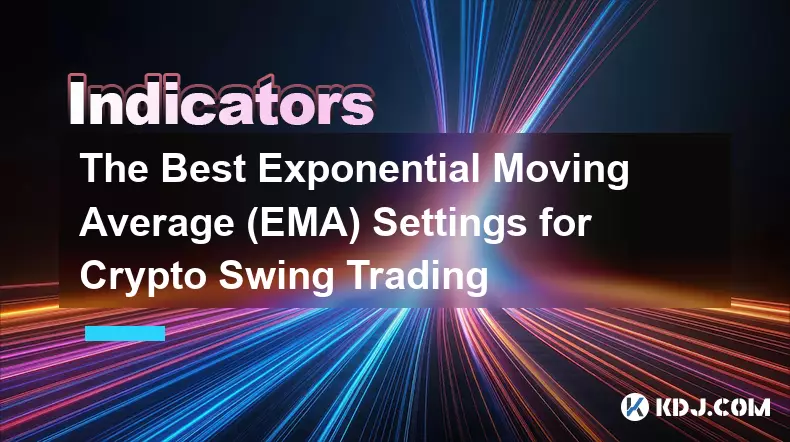
The Best Exponential Moving Average (EMA) Settings for Crypto Swing Trading
Oct 25,2025 at 04:55pm
The Best Exponential Moving Average (EMA) Settings for Crypto Swing TradingSwing trading in the cryptocurrency market relies heavily on identifying tr...
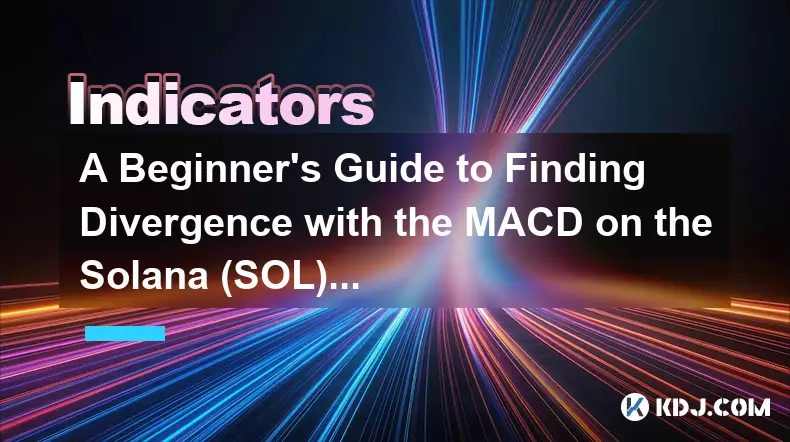
A Beginner's Guide to Finding Divergence with the MACD on the Solana (SOL) Chart
Oct 26,2025 at 12:36pm
Understanding MACD and Its Role in Solana Trading1. The Moving Average Convergence Divergence (MACD) is a momentum indicator widely used in cryptocurr...
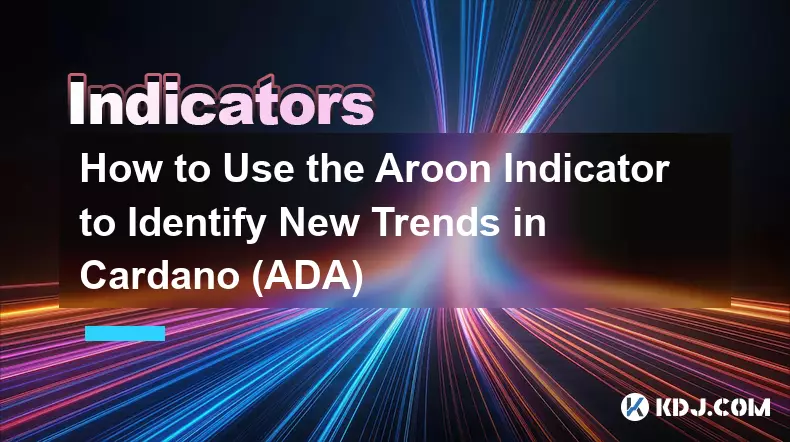
How to Use the Aroon Indicator to Identify New Trends in Cardano (ADA)
Oct 26,2025 at 10:18pm
Understanding the Aroon Indicator in Cryptocurrency Trading1. The Aroon indicator is a technical analysis tool designed to identify whether an asset i...
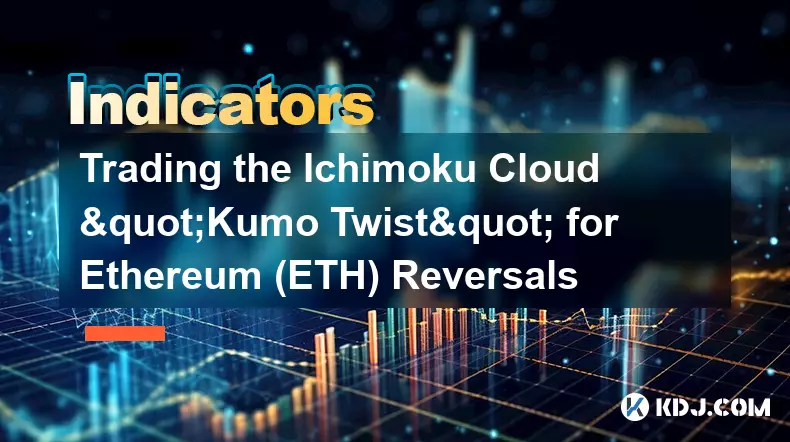
Trading the Ichimoku Cloud "Kumo Twist" for Ethereum (ETH) Reversals
Oct 27,2025 at 01:54am
Understanding the Ichimoku Cloud and Its Components1. The Ichimoku Cloud, also known as Ichimoku Kinko Hyo, is a comprehensive technical analysis tool...
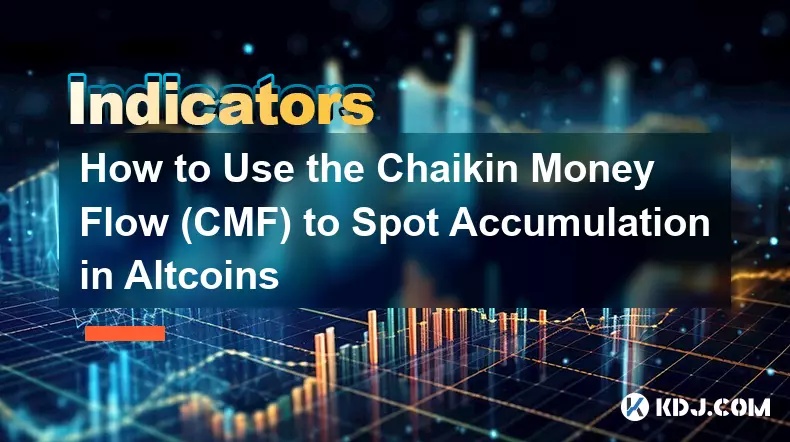
How to Use the Chaikin Money Flow (CMF) to Spot Accumulation in Altcoins
Oct 25,2025 at 08:18pm
Understanding Chaikin Money Flow in the Context of Altcoin Markets1. The Chaikin Money Flow (CMF) is a technical indicator developed by Marc Chaikin t...

How to Trade with the Keltner Channel Indicator on the Ethereum (ETH) Chart
Oct 28,2025 at 08:54am
Understanding the Keltner Channel in Ethereum Trading1. The Keltner Channel is a volatility-based technical indicator that consists of three lines: an...

The Best Exponential Moving Average (EMA) Settings for Crypto Swing Trading
Oct 25,2025 at 04:55pm
The Best Exponential Moving Average (EMA) Settings for Crypto Swing TradingSwing trading in the cryptocurrency market relies heavily on identifying tr...

A Beginner's Guide to Finding Divergence with the MACD on the Solana (SOL) Chart
Oct 26,2025 at 12:36pm
Understanding MACD and Its Role in Solana Trading1. The Moving Average Convergence Divergence (MACD) is a momentum indicator widely used in cryptocurr...

How to Use the Aroon Indicator to Identify New Trends in Cardano (ADA)
Oct 26,2025 at 10:18pm
Understanding the Aroon Indicator in Cryptocurrency Trading1. The Aroon indicator is a technical analysis tool designed to identify whether an asset i...

Trading the Ichimoku Cloud "Kumo Twist" for Ethereum (ETH) Reversals
Oct 27,2025 at 01:54am
Understanding the Ichimoku Cloud and Its Components1. The Ichimoku Cloud, also known as Ichimoku Kinko Hyo, is a comprehensive technical analysis tool...

How to Use the Chaikin Money Flow (CMF) to Spot Accumulation in Altcoins
Oct 25,2025 at 08:18pm
Understanding Chaikin Money Flow in the Context of Altcoin Markets1. The Chaikin Money Flow (CMF) is a technical indicator developed by Marc Chaikin t...

How to Trade with the Keltner Channel Indicator on the Ethereum (ETH) Chart
Oct 28,2025 at 08:54am
Understanding the Keltner Channel in Ethereum Trading1. The Keltner Channel is a volatility-based technical indicator that consists of three lines: an...
See all articles









































































